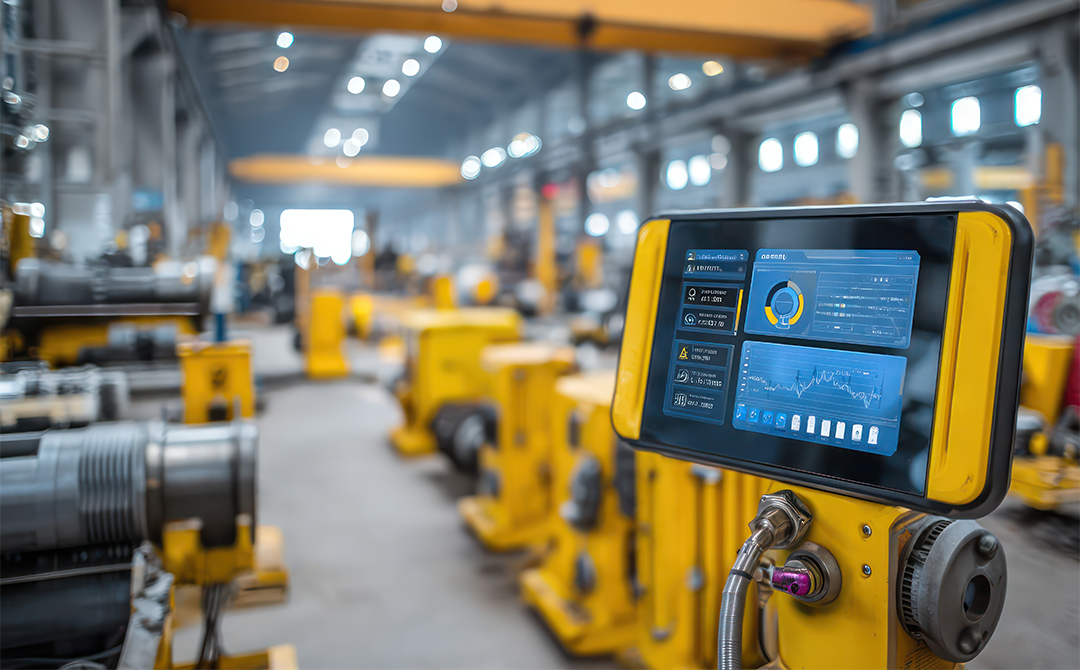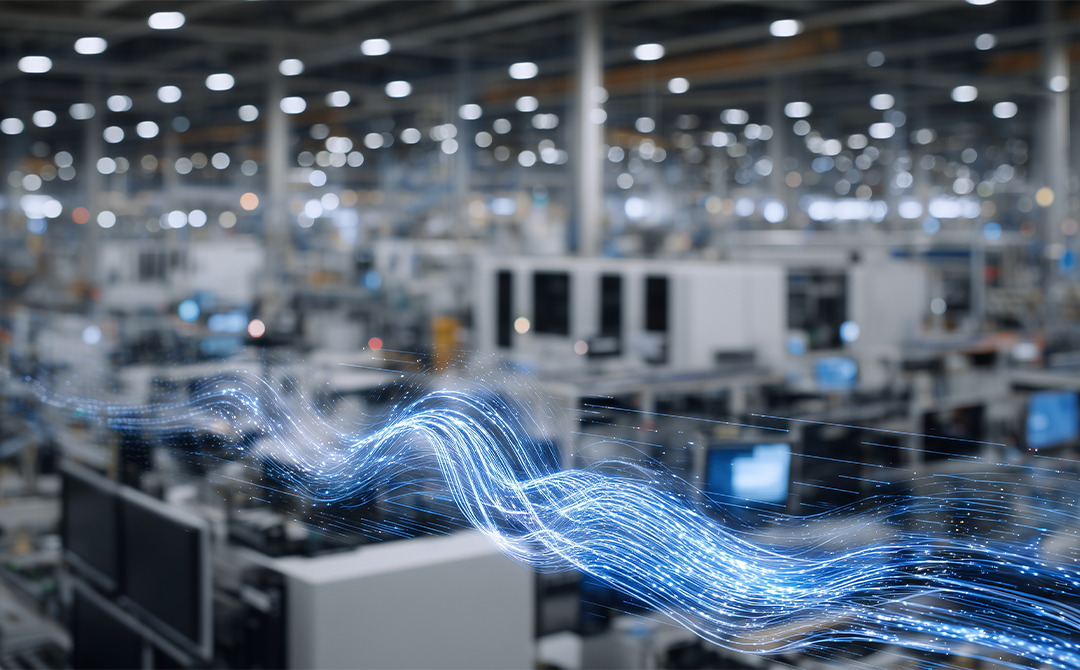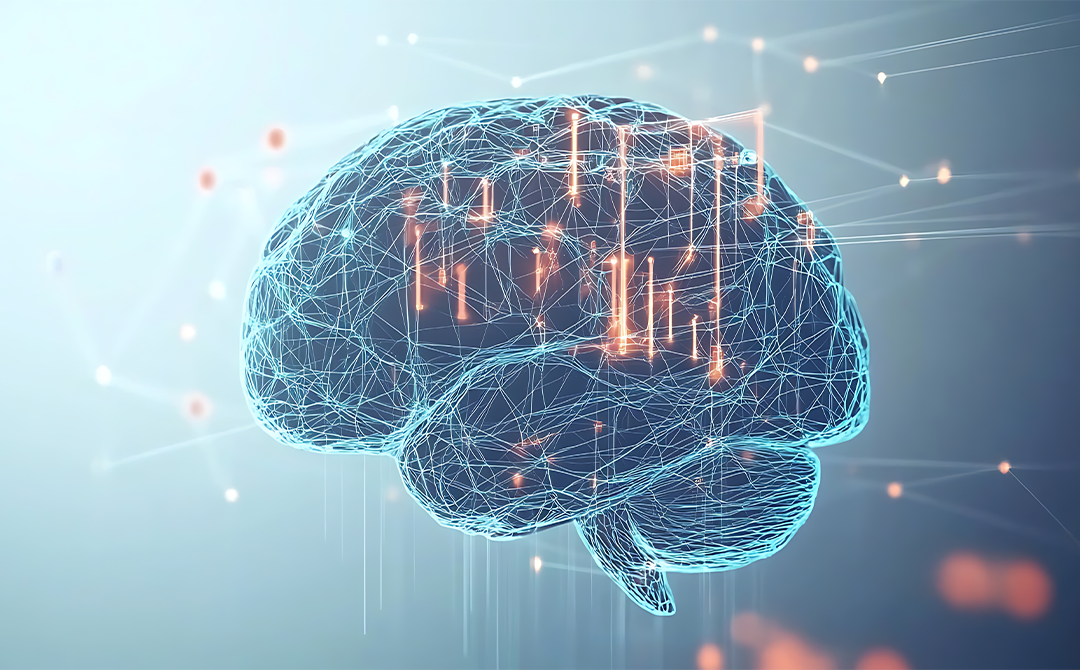
Modern industries have too many dependencies on them and cannot afford the cost of unexpected machine failures in any shape or form. Downtime is notorious for not only disrupting production schedules but also preventing companies and industries from meeting customer commitments, which in turn, hampers revenue streams. Both large and medium scale industries have, till the recent past, used traditional methods of maintenance, whether it is reactive or scheduled at fixed intervals. This method continues to fail in addressing the unpredictability of equipment wear and tear, putting production streams under complete halt.
Major industries involved in manufacturing have already started shifting towards predictive maintenance AI, which is enabling them to anticipate failures before they occur. They are doing so by analyzing data patterns and operational signals that when studied can indicate what’s to come. However, predictive models are only effective when they are being managed efficiently, which makes MLOps absolutely essential for operationalizing these models on a large scale.
What is Predictive Maintenance AI
AI for predictive maintenance based on machine learning techniques trained on operational and sensor data is being heavily used to forecast potential equipment breakdowns and optimize maintenance schedules. This approach can significantly decrease the risk of costly unplanned downtime while increasing the lifespan of equipment. It also makes sure that maintenance budgets are directed exactly where they are needed, leading to the best use of resources. With this type of AI use, manufacturing operations become more intelligent and cost-effective in the long run.
Machine Learning in Manufacturing — The Backbone of Predictive Maintenance
Manufacturing is making great strides with the use of machine learning which is forming the backbone of predictive maintenance. This system lets models continuously learn from important data like sensor data and performance benchmarks.
These models can now easily detect subtle deviations that humans would often overlook, signaling potential issues such as bearing wear, motor overheating, or fluid imbalance. By identifying these micro-patterns, predictive maintenance AI is helping industries move from passive guesswork to extremely precise maintenance. Without machine learning in manufacturing, predictive AI would remain limited in scope and unable to address the complexities of real-world industrial environments.
MLOps for Predictive Maintenance — Scaling with Automated Model Management
One of the biggest challenges with using AI predictive maintenance in manufacturing is not limited to the development of models but their deployment and lifecycle management in fast moving production systems.
- MLOps, which combines machine learning development with operations best practices, provides the infrastructure to manage these models effectively.
- Automated pipelines for training, deployment, monitoring, and retraining are making sure that AI based predictive maintenance remains accurate despite changes in data quality or any other environmental condition.
- In the context of predictive maintenance, MLOps is making it easy for enterprises to deploy hundreds of models across multiple factories without sudden operational stoppages.
- Automated model management is further reducing manual interventions, making the predictive maintenance framework cost-efficient and gold standard in the long run.
Benefits of AI-Based Predictive Maintenance in Manufacturing
Implementing AI predictive maintenance delivers several compelling benefits.
- Manufacturers can significantly reduce downtime, which will directly improve production uptime.
- Predictive maintenance AI is also giving organizations a chance to extend equipment lifespans by addressing potential failures before they can even escalate into something serious.
- Another important benefit is that maintenance costs are being better optimized because interventions occur only, when necessary, not according to rigid schedules.
- Moreover, this type of AI supports compliance and safety by ensuring machines operate within safe parameters
Real-World Applications of AI in Predictive Maintenance
There are many real-world applications where Ai led predictive maintenance are already visible across industries such as automotive, energy, pharmaceuticals, and heavy machinery.
- The most prominent of these would be automotive plants that rely on predictive maintenance AI to monitor robotic arms and assembly lines, making sure their high output is maintained with very little disruptions.
- Another example would be energy sectors, where turbines and power grids are being monitored continuously to prevent outages that can cause massive damages.
- While in pharmaceutical manufacturing predictive maintenance is being used to ensure compliance.
The broader category of applications of AI for predictive maintenance continues to expand as industries recognize its role in safeguarding uptime and driving resilience. In fact, 57% of major maintenance service providers are planning to incorporate advanced technologies such as AI and IoT into their service models by 2026.(Source)
Tools and Platforms Driving AI Predictive Maintenance
A wide range of AI predictive maintenance tools and platforms are the main forces driving this massive change in industries worldwide. Cloud AI services, IoT-enabled predictive analytics platforms, and enterprise-grade machine learning systems are few of the technologies making predictive maintenance AI very easy to implement and use. Many organizations are adopting solutions specifically made for a predictive maintenance manufacturing workflow and smooth integration capabilities with existing ERP or MES systems.
Challenges in Scaling Predictive Maintenance AI
Enterprises may face a few challenges when trying to include predictive maintenance into their operational fold. Some of which have been outlined below -
- The main challenge, like all other AI models, continues to be data quality. This is because sensor data can often contain noise or inconsistencies.
- Another challenge would be to integrate legacy equipment with modern predictive analytics platforms. This may turn out to be more resource intensive.
- Moreover, such maintenance models require constant retraining to remain effective, which is why the call for MLOps oriented automation is getting stronger simultaneously.
- Last but not the least would be trying to build trust among maintenance teams, as adopting AI-driven predictive maintenance will require them to be accepting of these changes, first.
While ai-driven predictive maintenance is promising, companies must carefully balance technological ambition with practical deployment strategies.
Best Practices for Enterprises Adopting Predictive Maintenance AI
Enterprises aiming to successfully adopt this new system of maintenance should follow what are considered to be best practices.
- They should start by building a strong foundation of clean data.
- This should be followed up with Investing in IoT sensors and smart factory analytics which are going to help create the necessary data for accurate forecasting.
- Organizations should adopt MLOps frameworks early to automate model training and make sure there’s consistent performance across multiple production sites.
Besides all of this, enterprises should explore emerging areas such as predictive maintenance generative AI, which can help new models further by generating synthetic datasets to overcome issues related to the lack of data.
Join Tredence in Transforming Production Lines
Predictive maintenance AI is no longer an experimental concept but a reality and a necessity for manufacturers wanting to ramp up their production success significantly. This entire process can single handedly reduce operational costs and help you stay competitive in an unpredictable global market.
With globally renowned AI consulting partners like Tredence by your side, your production can be AI ready in a few months. You only need to embrace it today and be ready to set new benchmarks in productivity and efficiency tomorrow.
FAQs
1. Which tools are best for AI predictive maintenance in factories?
The best tools for factories would be those that combine IoT integration, anomaly detection, visualization dashboards, and automated alerts. Together these tend to ensure accurate insights.
2. What are real-world applications of AI predictive maintenance manufacturing?
Applications in fields like robotic assembly lines, turbines, pharmaceutical equipment, and heavy machinery, all of which benefit from reduced downtime, and extended asset lifecycles.
3. How does generative AI support predictive maintenance?
Generative AI supports predictive maintenance by creating synthetic datasets to address issues in sensor data that will only improve model accuracy, and let predictive maintenance AI systems adapt better to rare but important scenarios.
4. What is included in a predictive maintenance service?
This type of a maintenance service generally includes IoT sensor integration, data collection, machine learning model deployment, anomaly detection, maintenance scheduling optimization, and continuous monitoring for better uptime and equipment efficiency.
5. How does MLOps help scale AI in predictive maintenance?
MLOps can help AI in predictive maintenance by automating model deployment, monitoring, retraining, and versioning, making sure that predictive models remain accurate and reliable.

AUTHOR - FOLLOW
Editorial Team
Tredence
Next Topic
Intelligent Trip Planning: How GenAI Agents Are Reinventing Traveler Personalization at Scale
Next Topic




